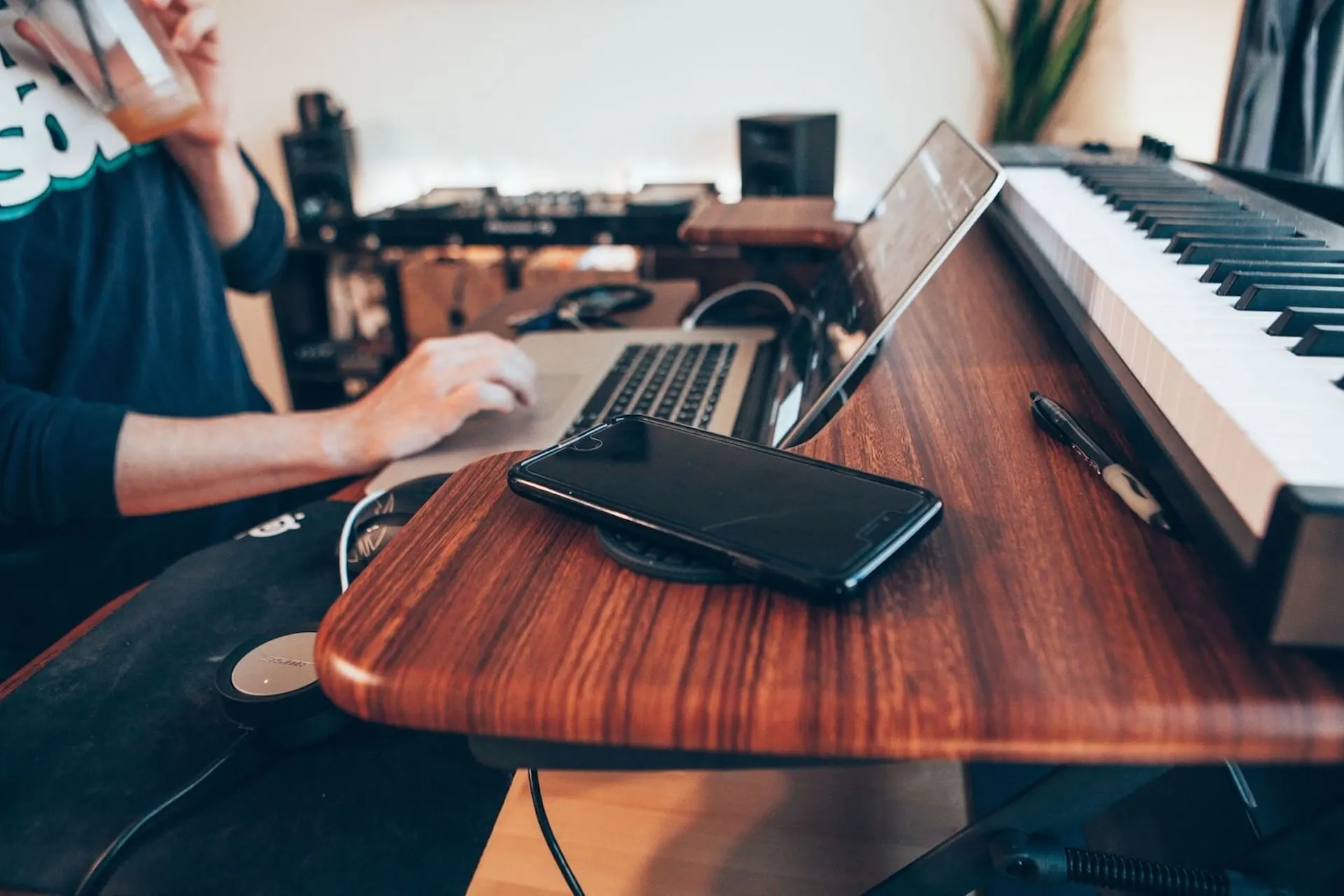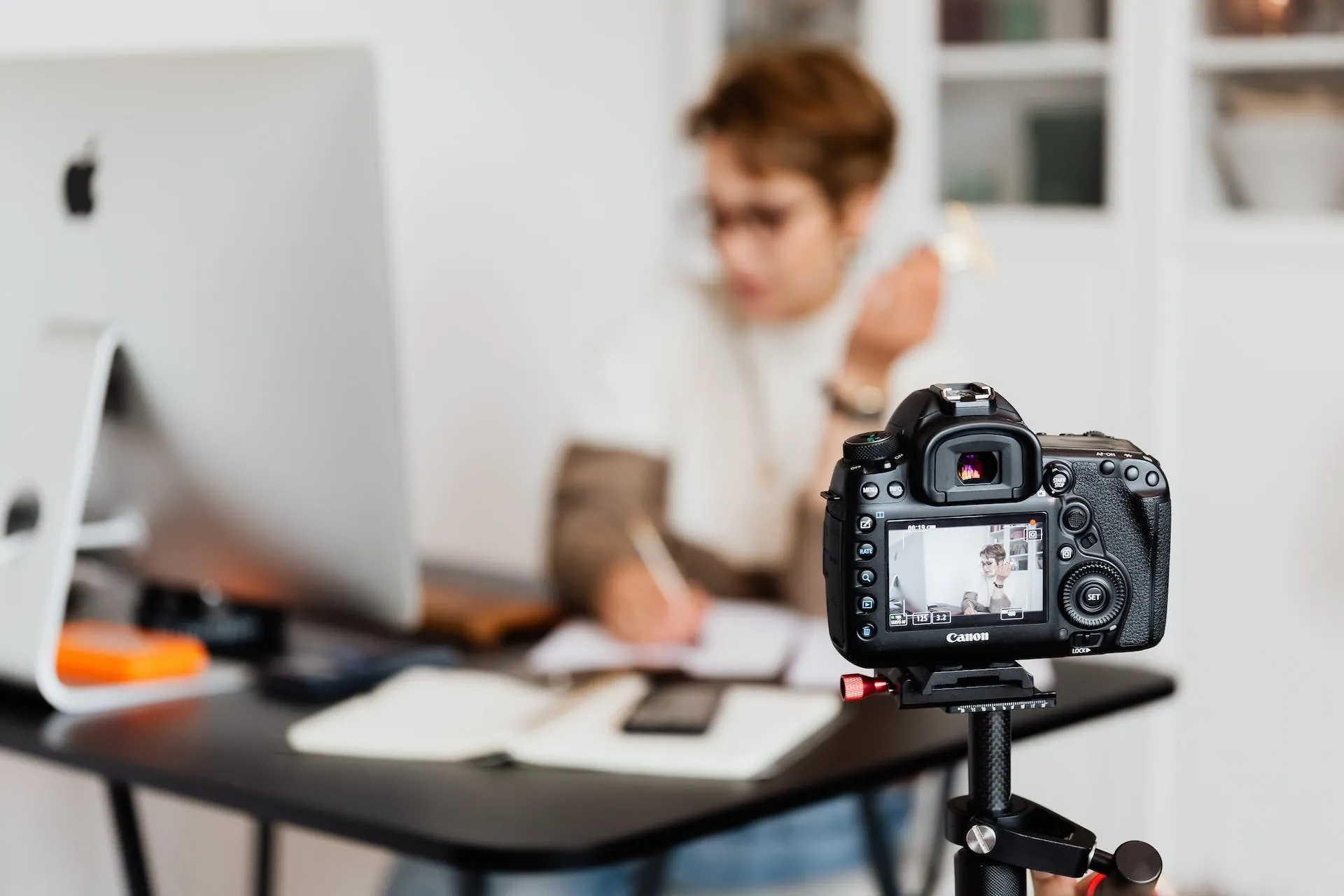How to choose music for video: Find the perfect soundtrack with Epidemic Sound
Struggling to find high-quality, royalty-free music for your content? Here's a waterproof guide on how to find the perfect soundtrack for your videos.

Finding the perfect music for your project can be a struggle – after all, the soundtrack can make or break your content. Don’t sweat it, though. We’ve put together a guide for nailing the vibe every time, covering a ton of smart features and tips that’ll help you get what you need.
Our ever-expanding catalog boasts more than 40,000 top-drawer tracks and 90,000 premium sound effects, all available at the click of a mouse. But with such a vast collection of music and sounds, how do you find the specific soundbite to pair with your content?
By starting with the below! We’ll cover:
- Search and filtering
- Curated playlists
- Featured music
- Staff picks
- Stems
- Sound effects
- Personal recommendations
- Collaborate on playlists
- Epidemic Audio Reference
- Soundmatch

Search and filtering
To find what you’re looking for, you can filter through tracks based on genre, mood, length, tempo, and whether they’re vocal or instrumental. You can also combine search with filtering.
So, if you’re feeling imaginative and know exactly what you’re looking for, eliminate the stuff you don’t want to see and search for a specific term. Looking for mysterious hip-hop? Type it into the search bar!
To avoid confusion, any track you’ve played during a session will ‘gray out,’ changing the color of the artist and track name. This way, you can keep an eye on what you’ve listened to and what you’ve yet to discover.
You can always see the track length in the listing, and you can reach an artist’s page by clicking on their name anywhere in the player – or by searching for them, of course.
If you want a more visual example, check out the below video from Epidemic Sound ambassador Caroline Ravn – she breaks down how she uses our catalog and Player for her YouTube content. She’s also a magician, which warrants a watch on its own.
Curated playlists
A quick-fire method for finding the perfect track is by heading to our curated playlists, which we call Themes. All tracks are carefully picked out by our talented music curators, and will nudge you in the right direction if you’re looking for a particular feeling.
Holiday Essentials? We’ve got that. Badass Ads? No problem. We even have a Bardcore playlist, if you want to get your medieval jig on.
Featured music
Our Player’s home page is filled with fresh, exciting featured music. You’ll find personal recommendations, hot and trending tracks, popular genres and moods, featured sound effects, and the latest releases.
Staff picks
Our music curators know a thing or two about, well, curating music. That’s why we update our Staff Picks playlist weekly, giving you a tailor-made sonic smorgasbord chosen by the best in the business.

Stems
Love a track but want to get rid of a certain element, or just make it more unique to your content? Our tracks come in four stems: melody, instruments, bass, and drums. You can either download a full track or each stem separately by clicking the download arrow to the right of the track.
Sound effects
Our catalog features more than 90,000 sound effects to explore and download. That might seem overwhelming, but our intuitive tagging and categorization system means you can use the very first word that comes to mind, without having to think about a particular category.
Personal recommendations
If you’re struggling for inspiration, chill out – we’ve got you covered. The Epidemic Sound Player dishes out bespoke suggestions based on your habits.

These recommendations come via two routes:
1. Based on your YouTube channel
Based on recently uploaded videos to your connected YouTube channel(s), we’ll provide you with music recommendations, starting on day one of your subscription. Basically, we’ll recommend music commonly used with the type of videos you’ve published on your channel. Don’t like the recommendations? Refresh, and you’ll get a new set of tracks.
b) Based on your previous downloads
We’ll provide you with music recommendations based on the tracks you’ve previously downloaded from Epidemic Sound. Five recommended tracks will be presented under ‘More of what you like’ on your main page in the Player. To get the ball rolling, you need to download at least one track – the more you download, the more accurately we can recommend music.
Collaborate on playlists
You can invite anyone, including non-subscribers, to collaborate on playlists. They can then add and remove tracks, share the playlist with others, and change its name – this is an ideal solution for those of you working in large teams.

Epidemic Audio Reference
When listening to music in the Epidemic Sound catalog, you can use our music discovery tool, Epidemic Audio Reference – or EAR, for short. EAR lets you use a piece of music in the Epidemic Sound catalog to search for music with a similar tone and sound.
It’s user-friendly and smooth, and you don’t even need to be signed up to Epidemic Sound to use it. Click here to learn more about EAR.
Soundmatch
Get a custom soundtrack for your video content in seconds with Soundmatch. It’s our custom, AI-powered tool, and if we’re to be so bold, it’s great. You can use Soundmatch to find music that fits a specific portion of your video – we said it was good!
As you might have guessed, you can sync music to video within the Epidemic Sound Player. As long as you have the file handy, you can upload your content to the Player and line up your beats to the footage.
Now that we’ve rattled through all the different ways to soundtrack for video, why not give Epidemic Sound a whirl?
Our catalog is high-quality, affordable, and safe. An Epidemic Sound subscription goes beyond royalty-free music, removing the headache of licensing and freeing you up to do what you do best. You can enjoy the safety of our license hand-in-hand with our massive catalog of 40,000 tracks, covering just about every genre you can think of. You’ll also gain unlimited access to our advanced search functions — finding the right sound’s never been easier.
It’s better than royalty-free. It’s worry-free. Get started with Epidemic Sound below.

Related posts:

